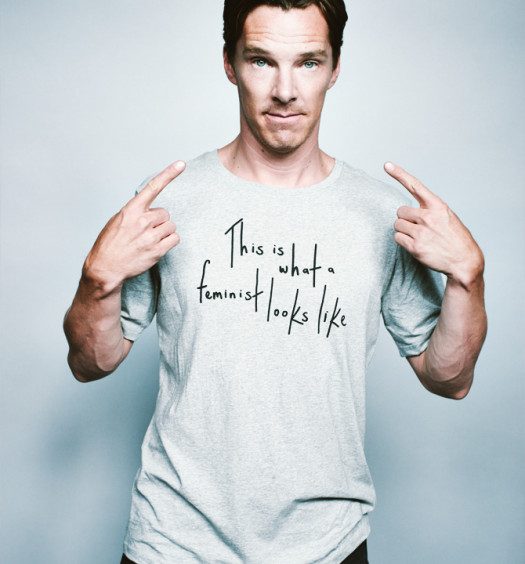Where Are We Now 5 Years After The Rana Plaza Collapse

Photo by Meljames Wasilewski
In the five years since the Rana Plaza Collapse, as it has become known, more and more of the public has grown aware of the difficulties surrounding the textile and fashion realm. For those passionate about this particular area of social justice, the anniversary of this event is akin to a Memorial Day, but without the sales and shopping sprees.
So we must ask ourselves, has anything changed?
Well, Wal-Mart still doesn’t have an ethical clothing line, but H&M does. The high-end handbags may not feel free to share their factory standards, but Sseko Designs, Harvest Ethiopia, and Love41 are willingly transparent. What was once hours of searching online for ethical clothing and accessories is now a click on any number of blogs and Pinterest lists or a listen to the readily available podcasts that highlight ethical brands, entrepreneurs, and pursuers of social justice in the business world.
These ethical brands have a variety of focuses, of course. From providing jobs to former sex slaves to preventing the growing orphan crisis that results from economic distress to even green initiatives which generally are partnered with ethical wages paid in their factories, these businesses know their ‘why’ and are unafraid to share it.
Still, there remain the sweat-shop sympathizers who claim that these unique and individual human beings would starve without having even their meager wage. And yet, the voices of justice continue to vote with their dollar on the world they wish to see, shopping primarily with companies who stand for fair and ethical treatment of employees.
Organizations such as Fashion Revolution have even designed online courses alongside universities to provide education and training on ethical fashion practices and conscious consumerism. The Dressember Campaign grows every year to work with anti-trafficking organizations that don’t stop with labor trafficking but make a dent in human trafficking of all forms. Purchasing two or three ethically made dresses to wear for an entire month can lead to great and unexpected impact on awareness.
Where we once had few options of ethically sourced paper-bead jewelry, we can now create fashionable wardrobes beginning with our undergarments and radiating through our entire closets and even spilling over into the drawers of our friends who have begun to ask the questions that once inspired our own change.
The challenge faced by the many passionate voices addressing this concern is less about growing awareness and more about not being viewed as though we live on the plane of Social Justice Superiority. How do we share our passion without causing guilt, shame, and defensiveness in those who have not taken up our cause?
Fortunately, those many fashion bloggers, podcasters, and the lucky few who have found a way to make a side-hustle living through building their Instagram following have also chosen to be sharers of conscious brands. Instead of always sharing about the ills of slave labor and unethical business practices, these voices have chosen to passionately share clothing and accessory brands that will captivate audiences and create lifetime customers who will learn the story of ethical fashion as they go.
And when we see these brands, when we see entrepreneurs shifting their purpose from more profit to profit that benefits social change, we see that, indeed, change has begun. It is slow, but it is happening.
While many brands were shamed into ethical employment resulting from Rana Plaza, it is those who choose fair treatment that bring us real excitement. And as these brands grow, as customers ask the question of, “Who made my clothes?”, change will continue and next year’s anniversary of Rana Plaza will see another step towards justice.
FROM THE EDITOR
At Conscious, we feature powerful stories about global initiatives, innovation, community development, social impact and more. You can read more stories like this and connect with a growing community of global leaders when you join as a member.


